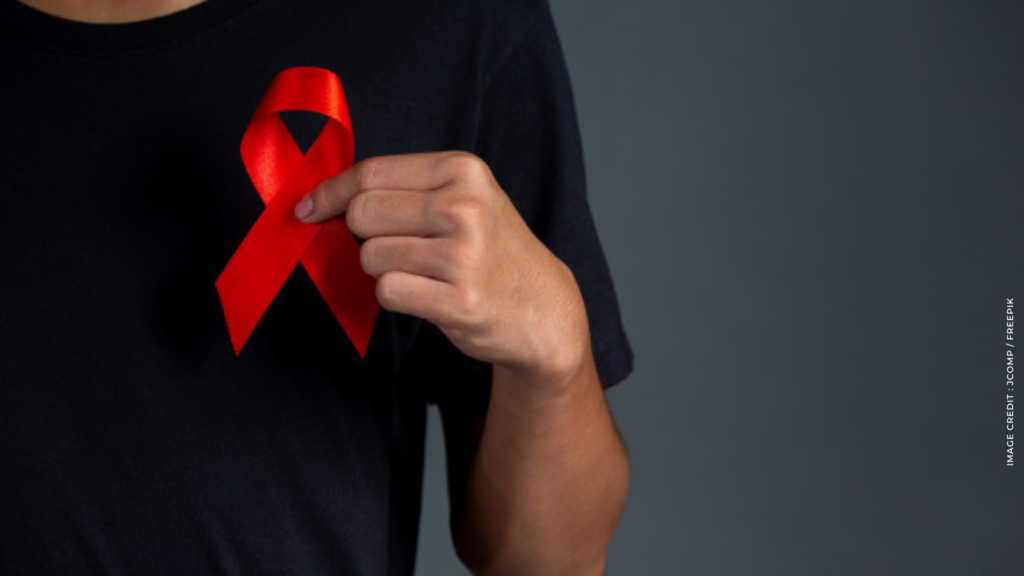Ending the epidemic HIV / AIDS by 2030 ? Will there be an endgame to this epidemic ? We are sharing our perspective in honour of World AIDS Day, 1 December 2020.
The third Sustainable Development Goal (SDG-3) has target to end the epidemic of HIV/AIDS by 2030.
While the progress towards ending the epidermis of HIV/AIDS is on the right track, HIV remains a major global public health issue. The COVID-19 pandemic has exposed gaps in public heath and widened the inequalities that already existed.
HIV/AIDS In Asia
The Asia-Pacific region is home to nearly 60% of the world’s population(source : Worldometers, accessed in 2019) and more HIV-positive people than any region outside sub-Saharan Africa (source : UNAIDS.org). UNAIDS reported that in 2018, there were an estimated 310,000 new HIV infections in the Asia-Pacific, bringing the total number living with HIV/AIDS in the region to 5.9 million. In 2019, approximately 160,000 people died from AIDS-related illnesses in the region, a decline in deaths since 2010, but in some countries—including Afghanistan, Bangladesh, Indonesia, Pakistan, and the Philippines—AIDS-related deaths have increased (source : UNAIDS.ORG).
HIV rates among key populations in Asia and the Pacific—people who inject drugs (PWID), men who have sex with men (MSM), transgender people, and sex workers—are far higher than among the general population.
Other groups with increased vulnerability to HIV include migrant workers and women. Children and adolescents also lag behind adults in treatment rates, and often have higher death rates from HIV/AIDS-related causes.
HIV/AIDS and COVID-19 : Persisting Health and Social Inequalities
While the global attention is dominated by COVID-19, the HIV/AIDS pandemic is far for over. Like many other major public health issues, it is widening the inequalities that already existed.
The intersections of HIV and COVID-19 disease–related stigmas and the systemic racial inequity (i.e., housing, health care access, employment, and education) experienced by marginalised communities in Asia, and around the globe.
Since the early 1980s, at least 75,7 million people have become infected with HIV and 32.7 million people have died from AIDS-related illnesses. Thanks to COVID19, HIV prevention, testing, treatment and care services are all being disrupted particularly in countries with fragile heath systems. The breakdown in essential HIV services due to COVID-19 is threatening lives.
Today, more than 12 million people are still waiting to get on HIV treatment and 1.7 million people became infected with HIV in 2019 because they could not access essential services (source : UNAIDS.ORG).
The Necessary Steps to Achieve Health Equity
In order to get the AIDS response back on track, we must put people first. As society, it is our duty to end the social injustices, fight stigma and prejudice that put people at risk for contracting HIV. ChangeMakr Asia is strongly believe in community-driven solutions to make a difference in the lives of people affected by HIV :
(1) Education
Education is the key to eradicate HIV/AIDS. HIV/AIDS prevention messages need to both acknowledge and challenge cultural stereotypes and expectations that often prevent frank discussion of issues surrounding sex and drug use. Communities face persistent challenges to overcoming the stigma that surrounds the disease and creates barriers to prevention and care, and those that are most affected must be central to developing an effective response.
Along with that, we need actively reform social attitudes, religious homophobia, decriminalisation, anti-discrimination protections, comprehensive sexual education and sexual autonomy, health care and marriage equality. As HIV and AIDS diagnoses are continuing to rise in Asia, we are sounding alarms to demand change for better.
(2). Ending Violence Against Women and Girls
More common than not, women are often vulnerable to HIV due to unequal gender relations, cultural, social and economic status in society. According to UNAIDS.ORG, more than one third (35%) of women around the world have experienced physical and /or sexual violence by an intimate partner or sexual violence by a non-partner at some time in their lives. In some regions, women who have experienced physical or sexual intimate partner violence are 1.5 times more likely to acquire HIV than women who have not experienced such violence.
Many women and girls living with HIV struggle with stigma and exclusion, aggravated by their lack of rights. Lack of resources & rights increase infection rates, and reduce the ability of women and girls to cope with the condition.
Ensuring women and girls have access to HIV prevention services is critical. This is particularly important for adolescent girls and women in high prevalence settings. Comprehensive Sexual Education (CSE) is also critical to fast-track the HIV response and end the epidemic among young populations. To better address the impact of HIV/AIDS on women and girls, approaches are needed that consciously adopt the perspectives of women in all their diversity.
(3). Health Equity For All
We have seen too many cases where people are fearful of following up with their healthcare providers in HIV care because inadequate healthcare infrastructure and lack of culturally responsive services. This, coupled with internalised fear and shame within our community, is creating an obvious barrier to care and is a threat to our society. According to latest report by Doctor With our Border (MSF.org) , providing effective treatments, include prevention efforts, voluntary counselling and testing, psychosocial support, and prophylaxis and treatment of opportunistic infections, are not only feasible in resource-poor settings, but has concrete clinical benefits and dramatic effects on the lives of individuals and their communities.
Moving forward, only global solidarity and shared responsibility will help us beat the covid-19 pandemic, end the HIV/AIDS epidemic and guarantee the right to health for all.


